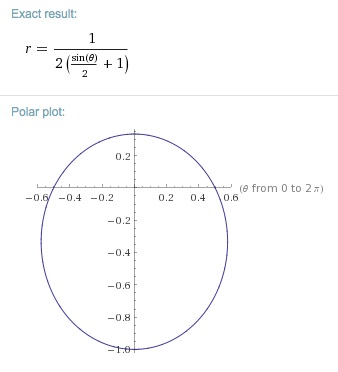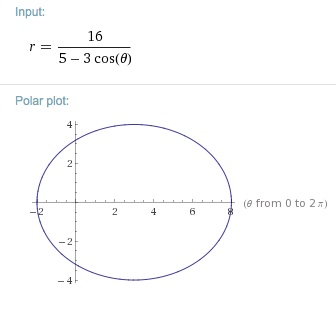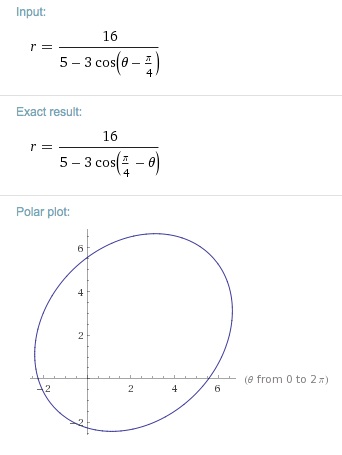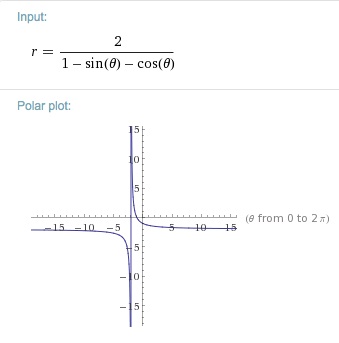
“Eccentricity”
Is that a dance move??
By: Carly Cantrell
This investigation will use a graphing software to
compare the below equations to try and figure out what “eccentricity” is all
about.
The following will be explored:

When p=1 and k=1




The graphs have shown us very similar parabolas… keep
that in mind!
The parabolas only differ by a determined transformation.
When p=1 and k=2




The graphs have shown us very similar hyperbolas… Hmmmmmm.
There are no long similar parabolas, but very similar hyperbolas.
When p=1 and k=![]()




The graphs have shown us very similar ellipses…
I am beginning to see a pattern.
Have you caught on?
Eccentricity is not a dance move.
Rather, it can be thought of as a measure of how much the conic section
deviates from being circular.
Specifically,
The eccentricity of a parabola is 1.
The eccentricity of a hyperbola is greater than 1.
And the eccentricity of an ellipse is
less than 1 but greater than 0.
What does that make the eccentricity of a circle?
Well, a circle does not deviate from a circle
very much, so it is 0.
Below are more intriguing examples:


An imporatant note: As theta was affected by 45 degrees, the ellipse roatated to sit on poles along the line y=x.
